Dr. Eric Dinerstein is Director of the Biodiversity and Wildlife Program at RESOLVE. For much of the past 25 years he was Chief Scientist at the World Wildlife Fund. Beginning in 1975, he conducted pioneering studies of tigers and their prey and led conservation programs for large mammals, such as greater-one horned rhinoceros and Asiatic elephants. Along with Dr. Eric Wikramanayake, Eric mapped tiger conservation landscapes, designed the Terai Arc Landscape in Nepal and India, and came up with the idea of a Global Tiger Summit, staged in November 2010, to double the wild tiger population. He helped create the conservation plans for many iconic places–including the Galapagos, the Chihuahuan Desert, the Himalayas, the panda mountains of China, and the northern Great Plains of Montana. He has conservation experience in many countries and has published widely on large mammal conservation including books on rhinos and tigers.
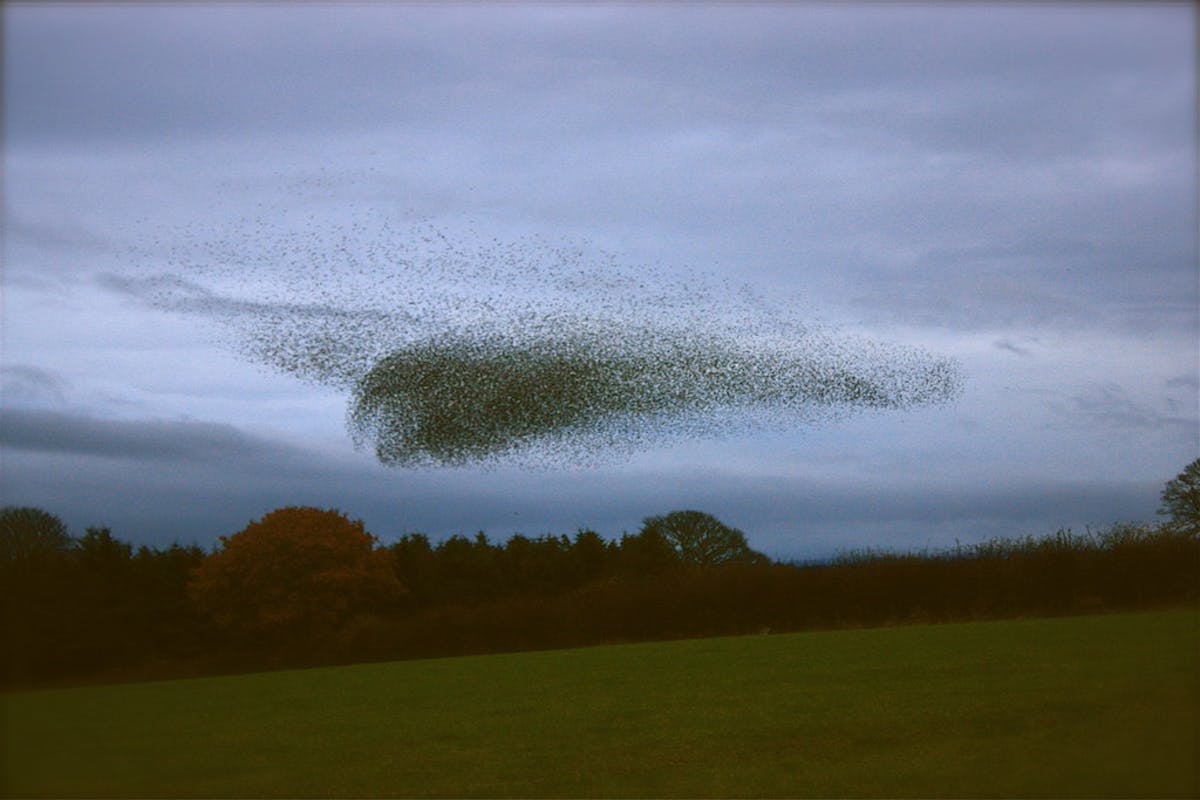
The
Authors
-
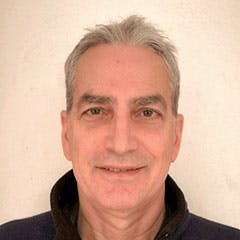
Eric Dinerstein
Director of Biodiversity and Wildlife
-
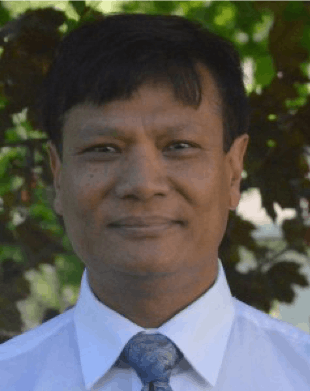
Anup Joshi
Program Coordinator & Research Associate, Conservation Sciences
Dr. Joshi has over 12 years of experience in using remote sensing and GIS tools for mapping and monitoring forests for biodiversity conservation and natural resources management programs. In Nepal, he initiated the Baghmara Community Forest in the buffer zone of the Chitwan National Park, which became the model for the Buffer Zone Act of 1993. His goal is to use the latest available scientific tools to design, develop, coordinate, implement, monitor, and evaluate natural resource management strategies to maximize wildlife conservation and ecosystems services.
-
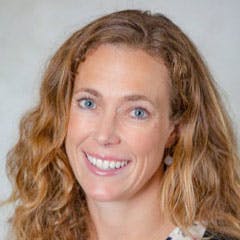
Carly Vynne
Conservation Biologist and Strategic Partner
Carly Vynne, PhD, is principal consultant at Osprey Insights and RESOLVE. Her efforts have focused on working with non-profits, Tribes, corporations, private foundations, and agencies to conduct biodiversity assessments and to design, fund, and implement conservation programs. She has overseen conservation planning processes in Asia, Africa, and South America, and recently established several public-private partnerships to create impactful conservation programs across the western United States and arctic Alaska. Her PhD research focused on how the maned wolf and other wide-ranging mammals used the landscape matrix in and around a protected area in the Brazilian Cerrado. At present, she is actively promoting Nature Needs Half, managing the Quick Response Fund for Nature, and helping to develop other creative solutions for how we can leave more room for nature in a rapidly changing world.
-

Andy Lee
Research Associate
Andy Lee is a Research Consultant for RESOLVE’s Biodiversity and Wildlife Solutions program, where he supports the program’s development and deployment of innovative conservation technologies and research on global conservation issues to protect wildlife and natural habitat. Prior to joining RESOLVE, he studied the policy processes of large carnivore reintroductions in Africa for his Master’s thesis at Yale University. His previous research focus also includes the behavioral ecology of coastal dolphins in Hong Kong, human-wildlife coexistence in Tibet, and illegal wildlife trade in China.
-
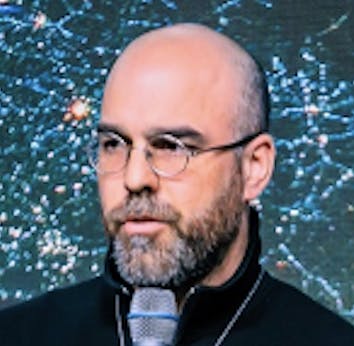
Félix Pharand-Deschênes
Founder
Trained as an anthropologist with a specialisation in ethnogeography, Félix founded Globaïa in 2009 out of his belief in the critical role that worldviews can play in shaping our present and future on Earth. With this mission and a unique knowledge base, Félix has helped define the visual narrative of the Anthropocene—the age we inhabit, the period of global socioecological transformations we have wrought. By bringing together design, art, film and data with anthropology, philosophy and geosciences, Félix has pioneered how to visualize our past, present and future in data. This knowledge base means he is much sought after and his work has been published by National Geographic and used by the World Economic Forum, the United Nations, the Stockholm Resilience Centre and Leonardo DiCaprio Foundation. His film, Welcome to the Anthropocene, created with Owen Gaffney, opened the second Earth Summit, Rio+20. In 2018, he became a fellow of the Edmund Hillary Fellowship.
-
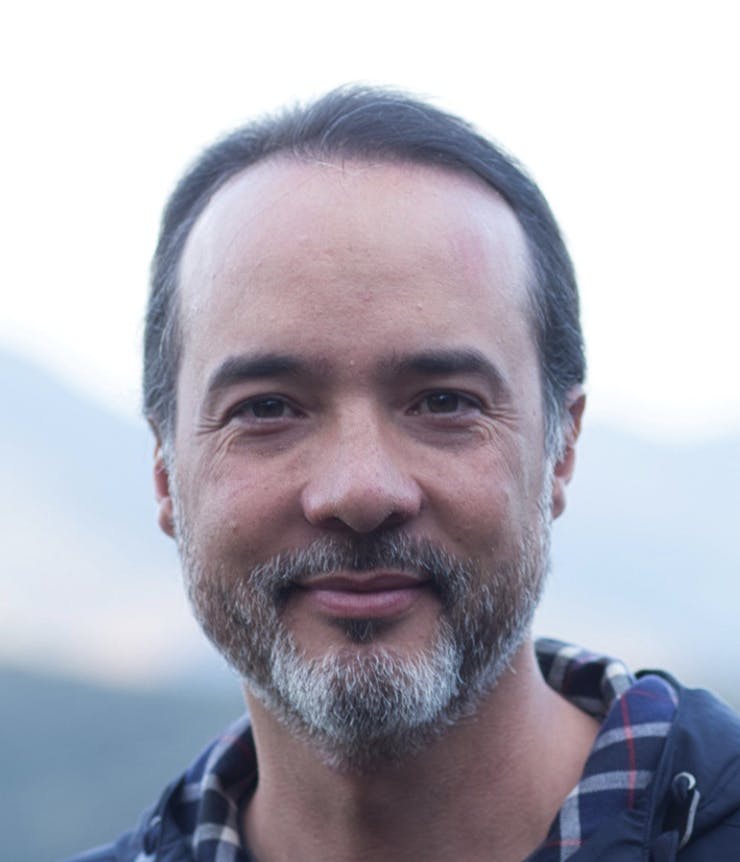
Manno Andrade França
Director
Manno França is an expert in geospatial intelligence and strategy, as well as a researcher in forest fire management in tropical regions. He worked as an advisor to the government in Brazil, where he coordinated the Department of Geospatial Intelligence and was responsible for the modelling and establishment of biological corridors and many hundreds of thousands of acres in protected areas in different biomes. During that period, he was also involved with the development of new systems to detect deforestation and platforms to make geographical information and environmental knowledge widely accessible to the public. He is the Co-Founder of EarthX, a new geospatial platform crafted specifically for storytelling and citizen engagement. EarthX believes that geospatial literacy and systems thinking are key to understanding our planet. Manno also acts as director, trustee and advisor to various cross-sector organisations in the UK, US, Switzerland, New Zealand, Brazil, Spain and Argentina. He joined the Edmund Hillary Fellowship in 2019 and, currently, lives in the mountains in southeast Brazil with his wife and daughter.
-
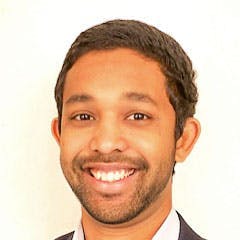
Sanjiv Fernando
Research Associate, Biodiversity and Wildlife
Sanjiv Fernando is a Research Associate for RESOLVE’s Biodiversity and Wildlife program. He manages RESOLVE’s innovative conservation projects, researches technologies for wildlife protection, and applies data and spatial analysis to global conservation issues. His work focuses primarily on human-wildlife conflict, anti-poaching, conservation technology, habitat preservation, and landscape conservation.
-
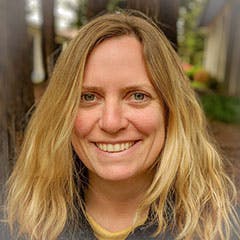
Tanya Birch
Program Manager, Google Earth Outreach
Google Earth
Tanya Birch is a Program Manager at Google Earth Outreach, which uses Google's mapping technology and cloud platform to help solve some of the world's most pressing environmental and humanitarian problems. She leads Google's Nature Conservation efforts, working with many non-profit conservation organizations in applying technology like AI and geospatial analysis & storytelling to save wildlife and habitat. Prior to Google, she researched and mapped human elephant conflict with the Sri Lanka Wildlife Conservation Society. She studied Geography and Environmental Studies at the University of California at Santa Barbara.
-
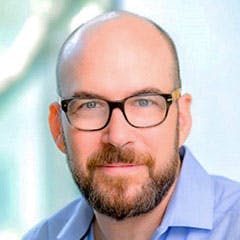
Karl Burkart
Co-Founder and Deputy Director
Karl Burkart is the Deputy Director of One Earth, overseeing the organization's science program – spanning climate change, biodiversity and land mapping, and global food systems. Prior, Karl was the Director of Science, Media & Technology at the Leonardo DiCaprio Foundation. Karl received his Masters degree in Architecture with a special focus on passive HVAC, energy efficiency, and environmental systems design. He was an early advocate in the green building movement and created an award-winning web tool used by architects and clients such as Kaiser Permanente to inform their sustainable design initiatives. He went on to develop several software applications that help individuals and companies better understand their environmental impact, produced and wrote the Discovery Network’s first online news show for Planet Green, and led digital advocacy for the TckTckTck campaign, a global network of 500 NGOs working to secure an international climate agreement.
-

Gregory Asner
Director, Center for Global Discovery and Conservation Science
Greg Asner is the Director of the Center for Global Discovery and Conservation Science at Arizona State University. He also serves as a Professor in ASU’s School of Geographical Sciences and Urban Planning as well as the School for Earth and Space Exploration. He is an ecologist recognized for his exploratory and applied research on ecosystems and climate change at regional to global scales. His research spans the areas of spatial ecology and biodiversity, terrestrial carbon cycle, animal-habitat interactions, and climate change. Dr. Asner has published hundreds of scientific articles and has served in numerous national and international programs with NASA, the U.S. State Department, and the United Nations. Asner is a recipient of multiple scientific awards including the Heinz Award for the Environment. He is an elected member of the U.S. National Academy of Sciences.
-
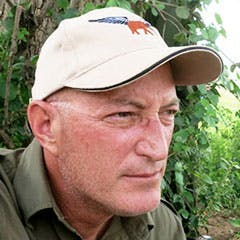
David Olson
Director of Conservation
David Olson has extensive experience in conservation strategy development, protected area management, biodiversity surveys, field research, community-based conservation, illegal wildlife trade and anti-poaching programs, and endangered species conservation. He has worked on projects in more than 50 countries, and served as director for several conservation science and field conservation programs around the world, including his previous position Country Director of the Zoological Society of London in Cameroon.